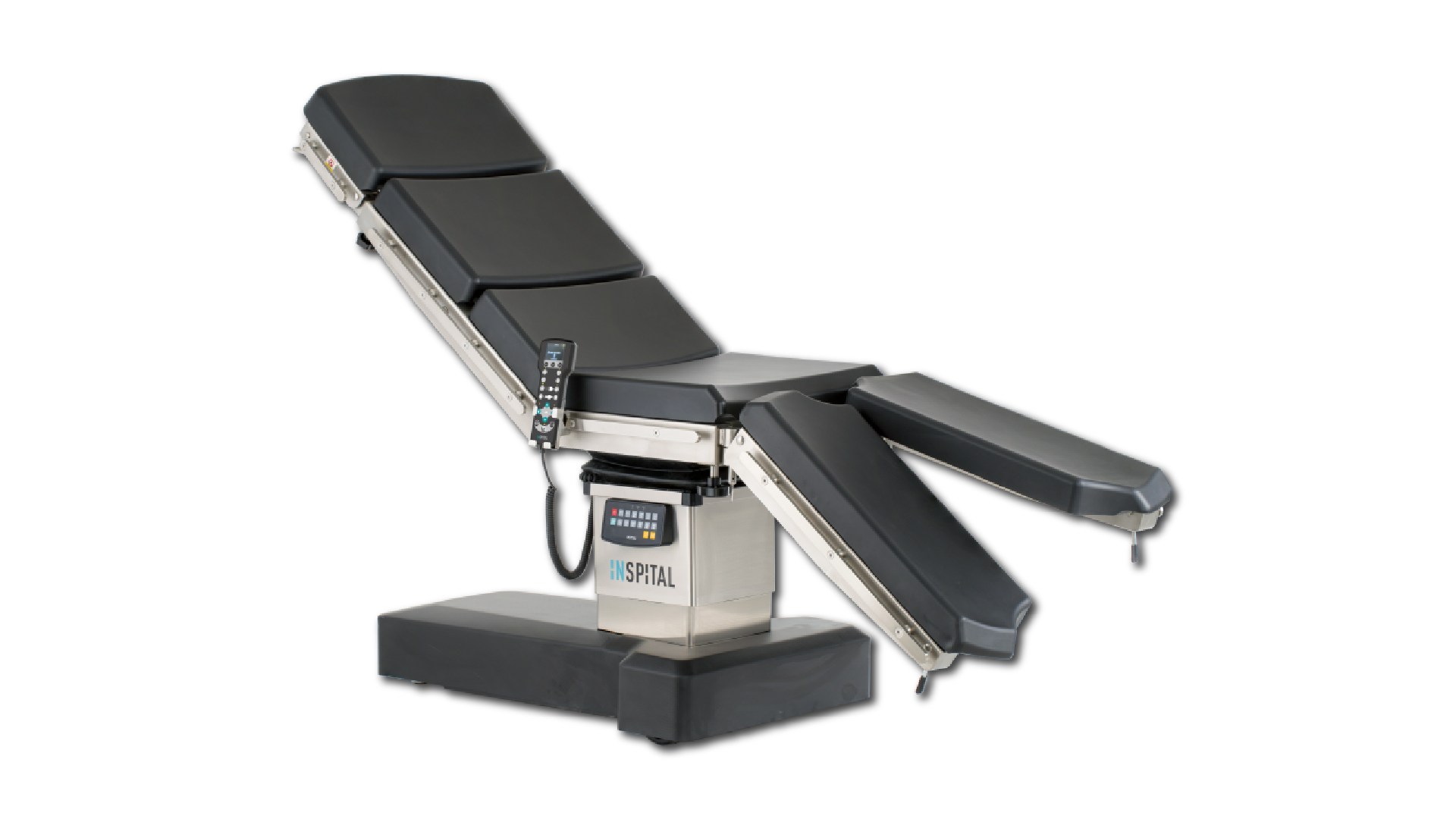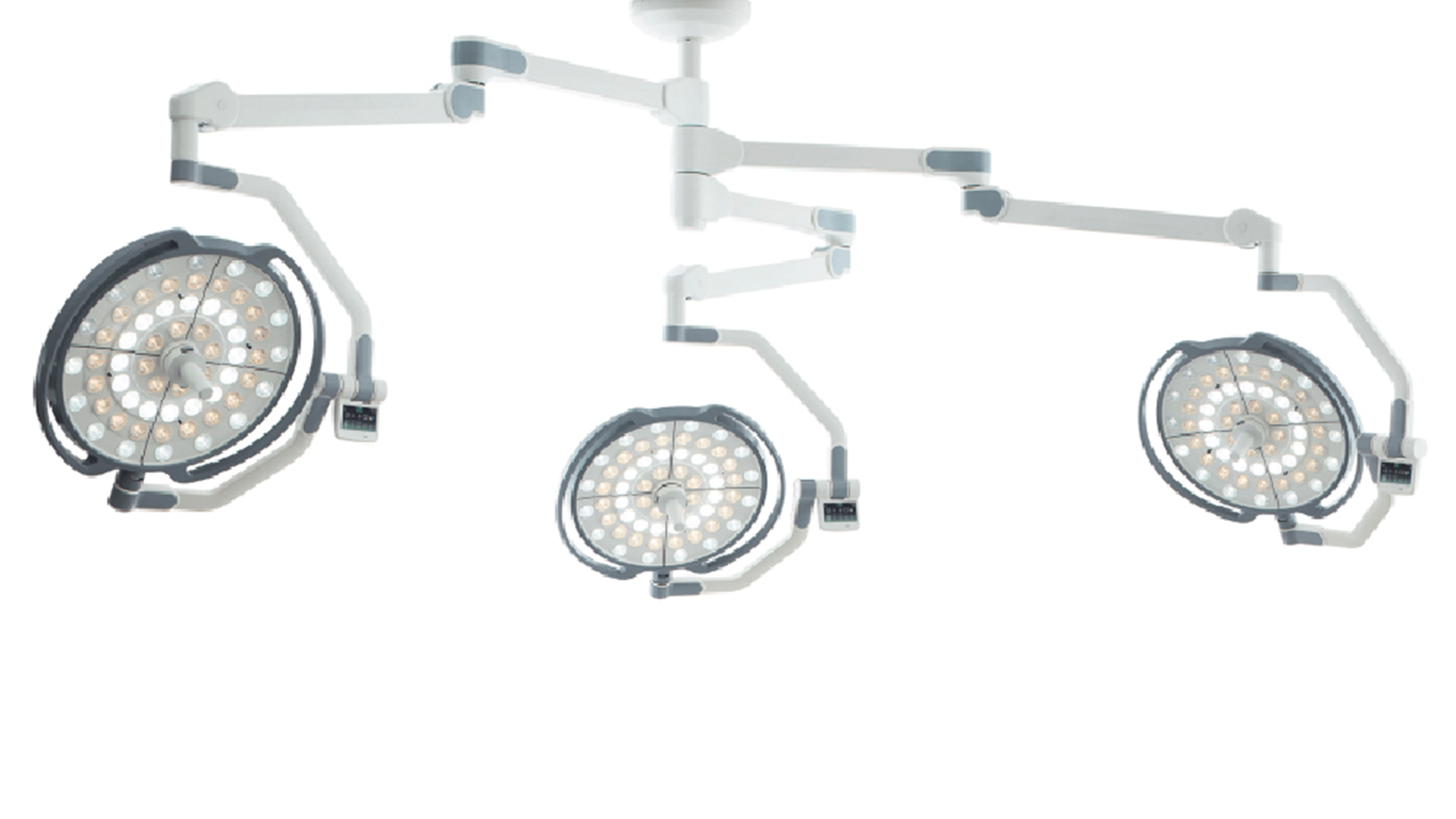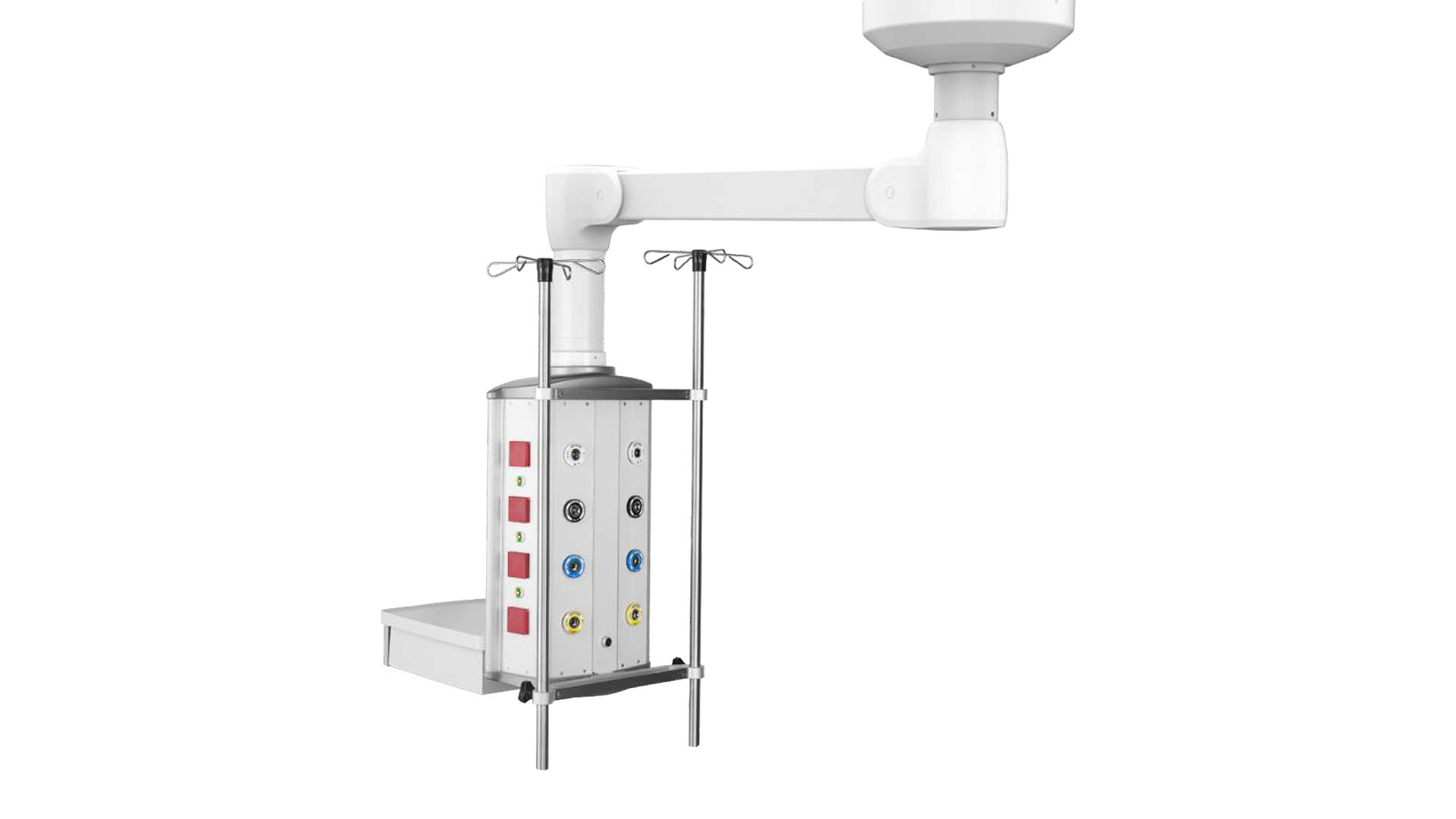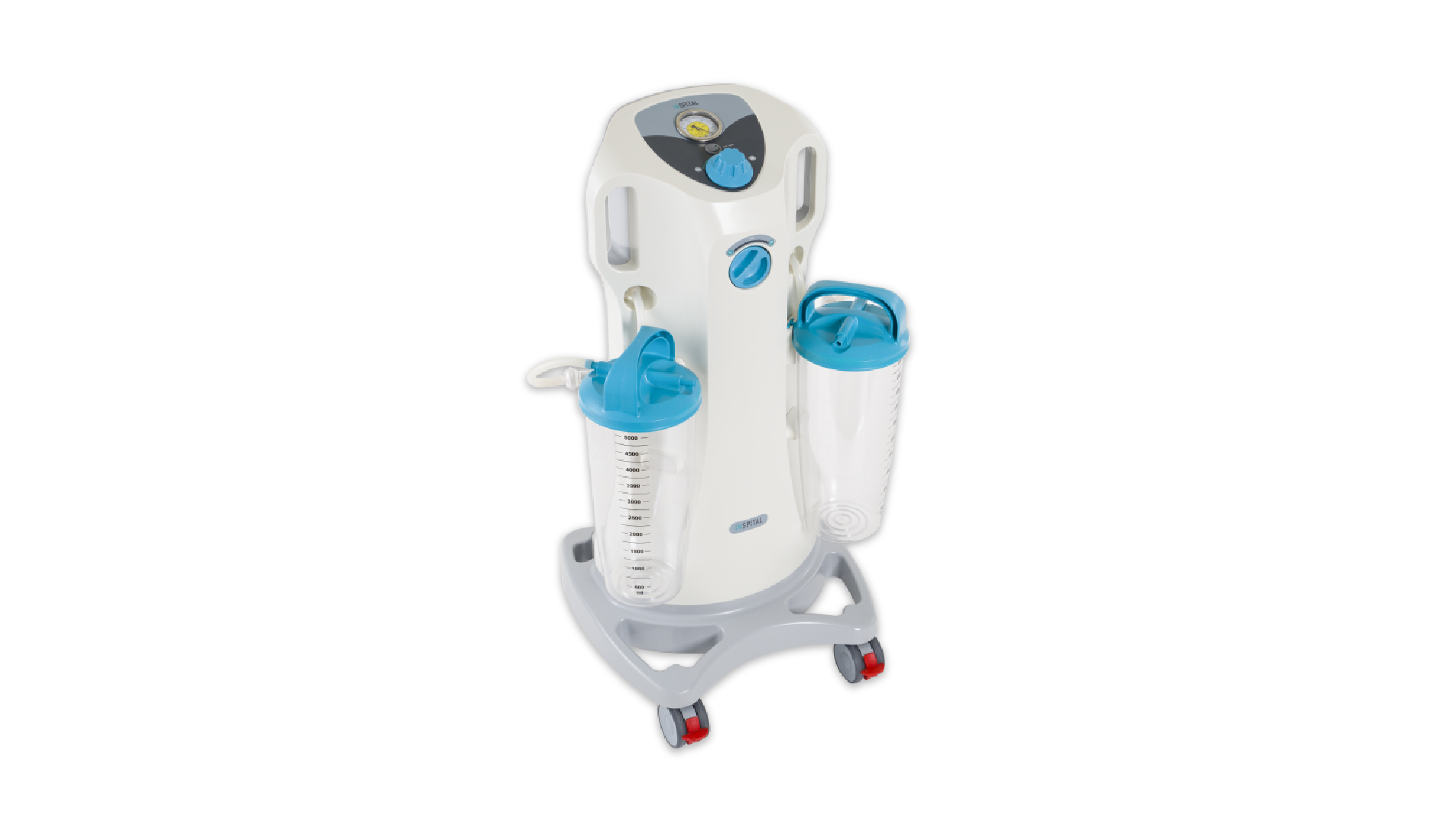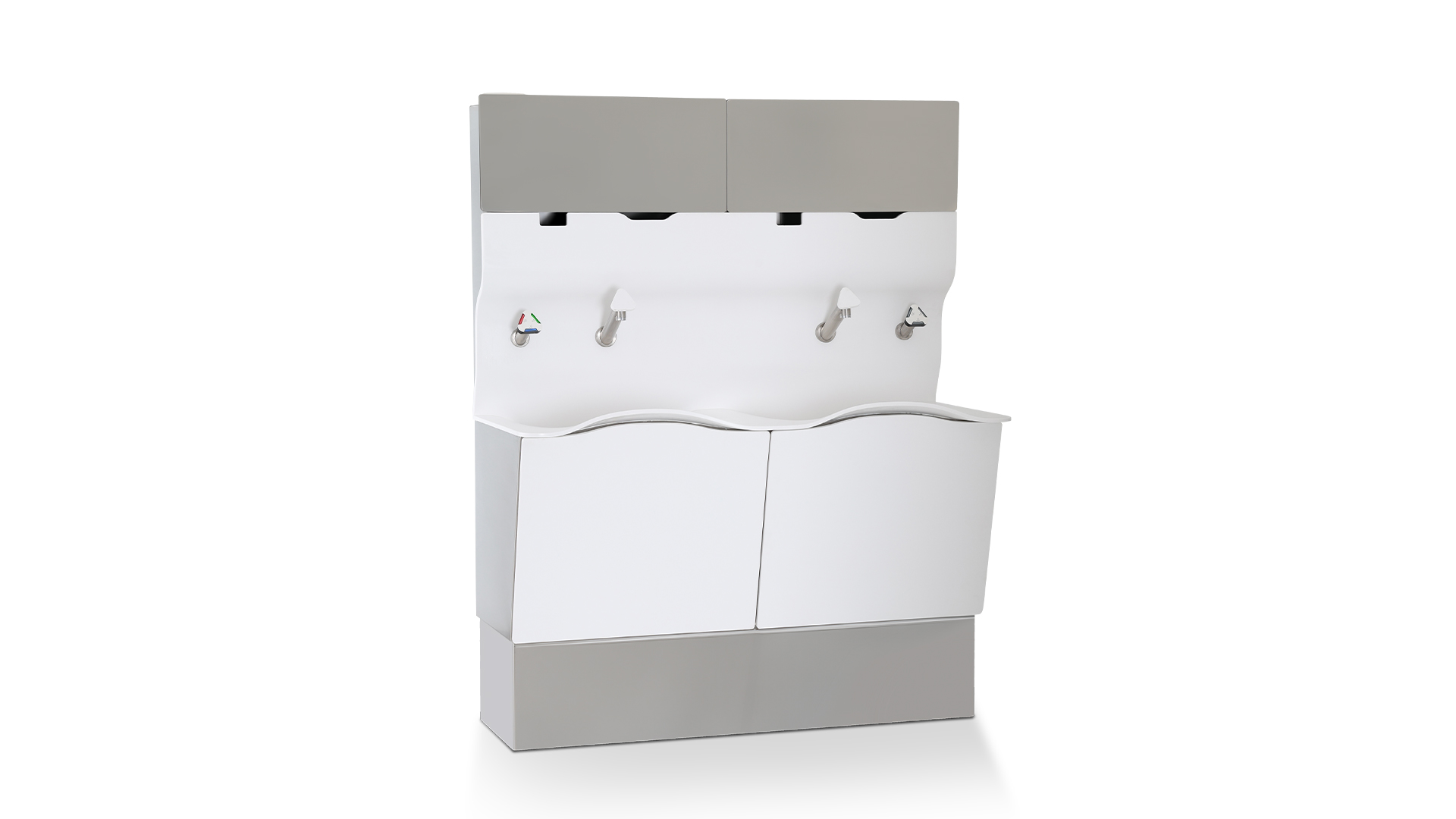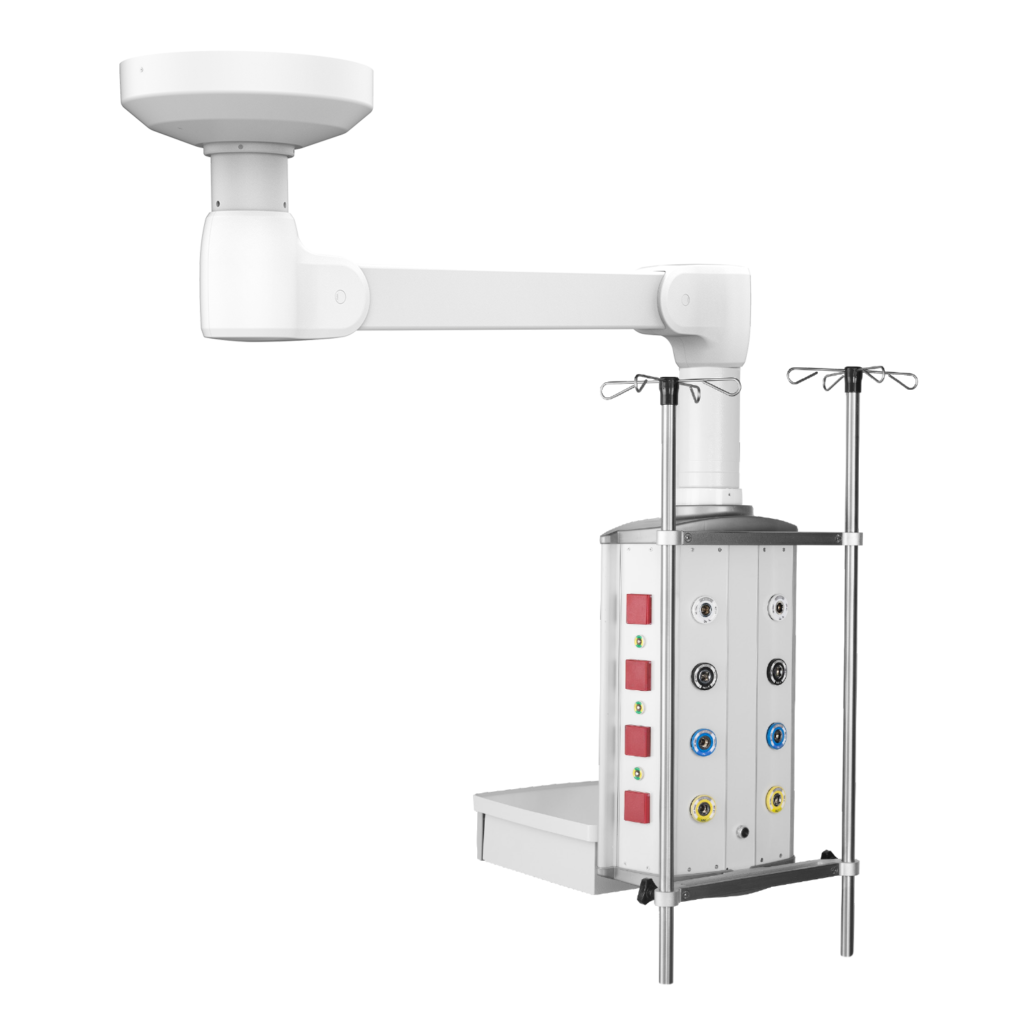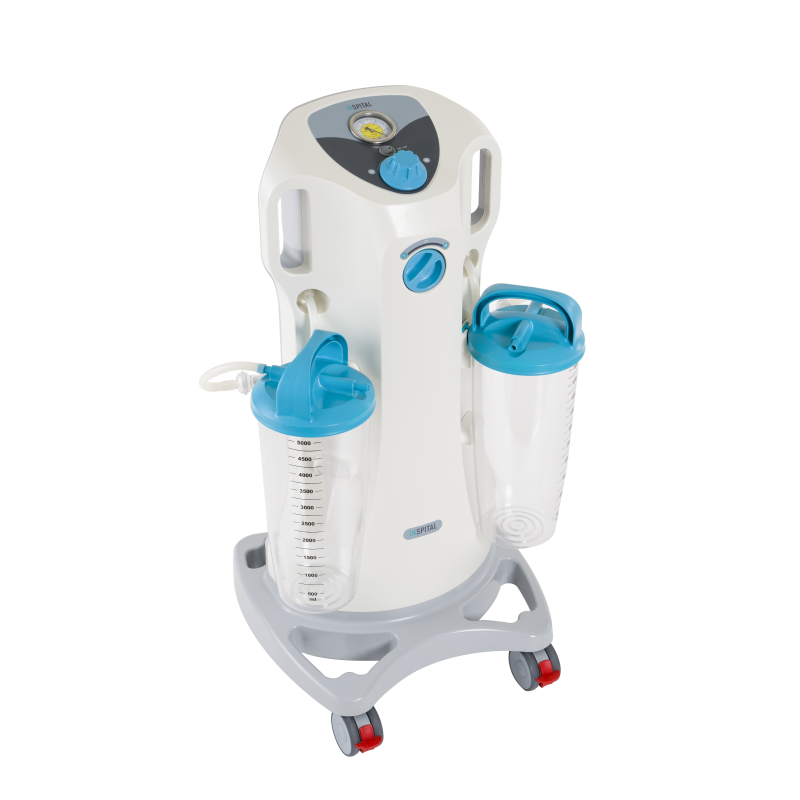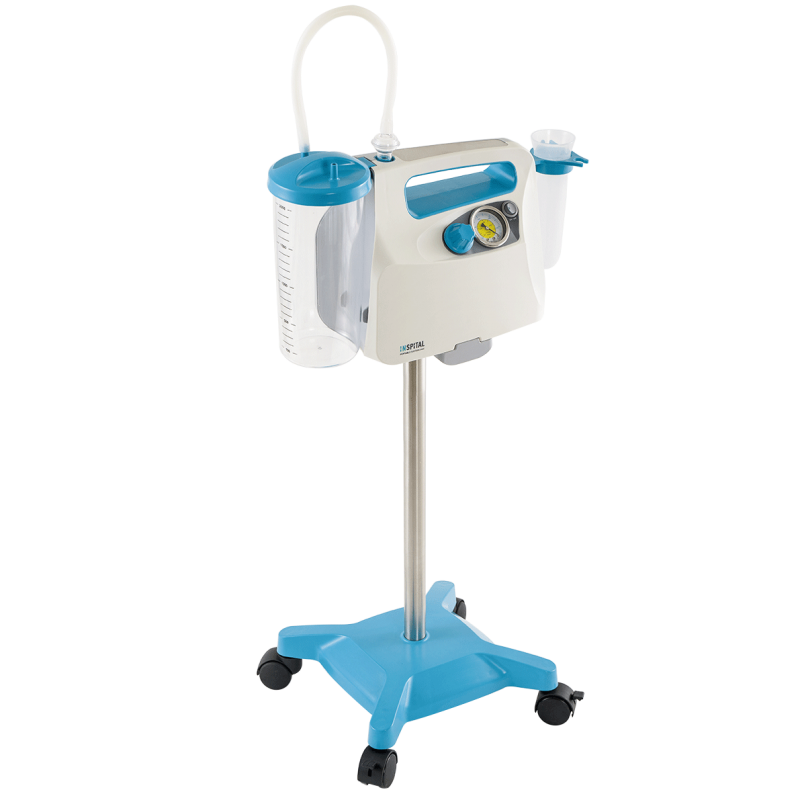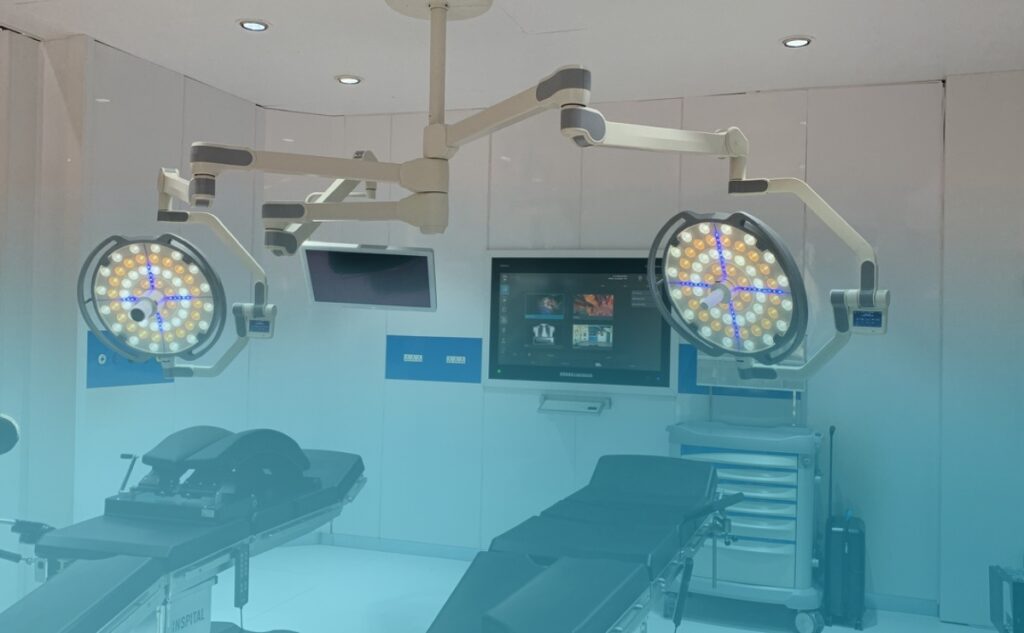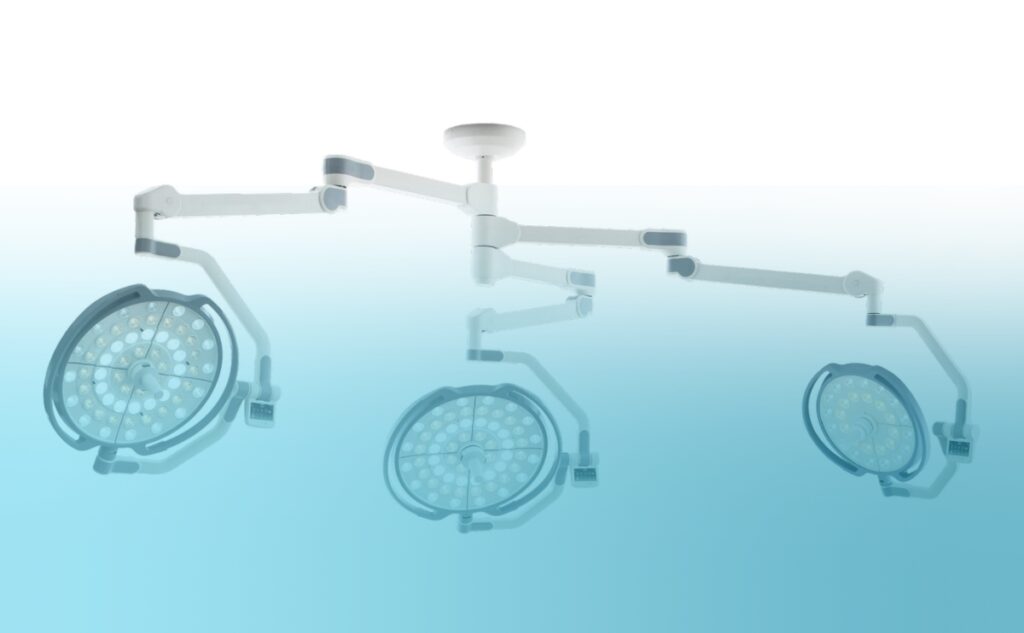The Importance of Ergonomics in Medical Devices: Why User-Friendliness is Crucial for Doctors and Patients
- Ergonomics, Hospital Management, Inspital Medical Technology
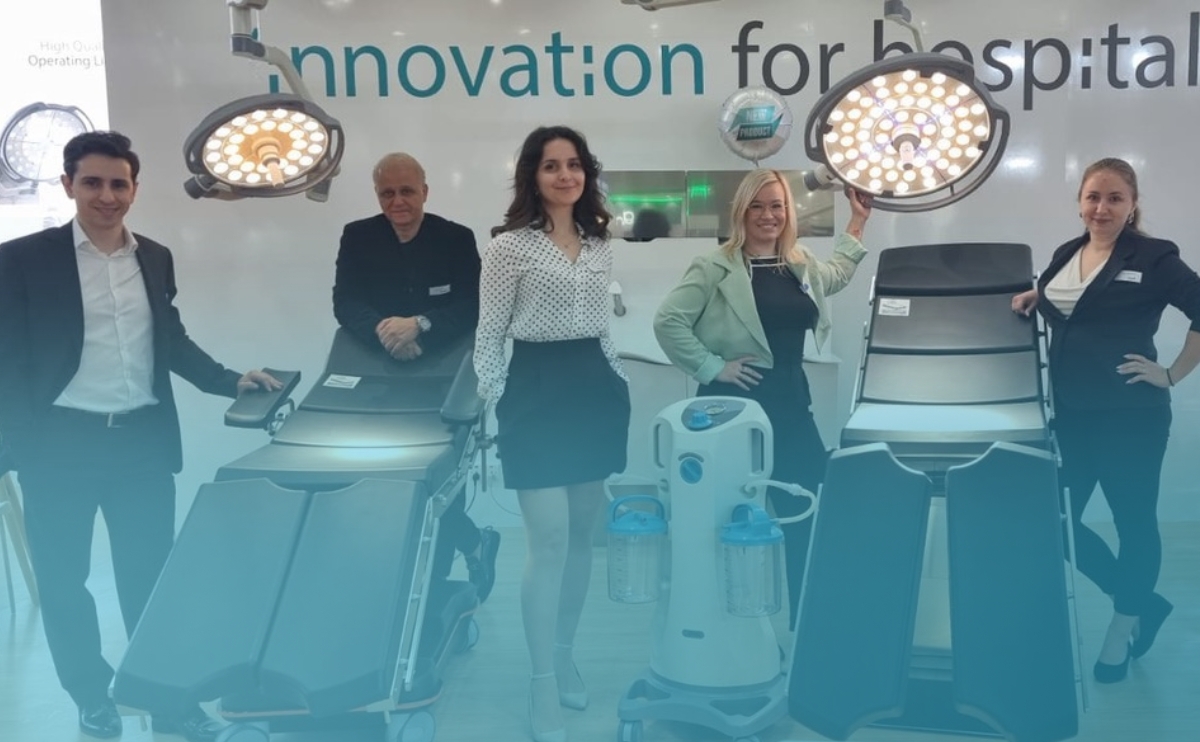
Contents
Ergonomics in Medical Technology
The ergonomic design of medical devices means much more than just an appealing appearance. It's about creating solutions that are intuitive to use and consider the physical and cognitive requirements of the users - both doctors and nurses as well as patients. Especially in stressful situations, which are common in everyday hospital life, ergonomic devices are a crucial factor in ensuring quick and precise reactions.
A central aspect of ergonomics is that devices must be designed to minimize user strain while maximizing efficiency. For example, medical devices such as Operating Tables, Suction Devices or Ventilators must be developed so that doctors and nurses can operate them with minimal effort. This means that the devices are easy to handle, well-positioned, and adaptable to the specific needs of medical personnel.
Ergonomics for Medical Staff
Medical staff, especially doctors and nurses, often work under extreme time pressure and in demanding physical and mental environments. In this context, ergonomic devices help to reduce workload and minimize physical strain. For example, when doctors work in an Operating Room, they often have to move in unnatural positions to access a patient, which can lead to tension and muscle problems.
Modern Operating Tables and Suspension Systems offer an ergonomic solution here. They are designed to flexibly adapt to the surgeons' requirements and facilitate access to the patient during the procedure. By being able to adjust the tables, doctors can change their position without unnecessary physical strain. This not only promotes a better working environment for medical staff but also helps to increase the effectiveness of treatment. Devices that are ergonomically optimized reduce physical strain and thus contribute to the long-term health of the medical team.
Another important aspect of ergonomics is the user interface. Devices such as Medical Monitoring Systems or Suction Devices must be designed so that they are easy and quick for medical staff to operate. Complex menus or poorly placed controls can lead to delays and, in the worst case, jeopardize treatment. Therefore, devices should be intuitively operable and offer clear, easily visible displays that allow staff to quickly respond to changes in patient parameters.
Ergonomics for Patients
However, ergonomics plays a role not only for medical staff but is also of central importance for patient well-being. Patients undergoing treatment or surgery are often in a vulnerable situation and need both physical and psychological support. An ergonomic design of medical devices can help increase patient comfort while optimizing medical treatment.
Let's take for example the Patient Warming System from Inspital, which allows precise temperature control during surgical procedures. The device ensures that the patient does not become hypothermic during surgery, which is a common complication in surgical procedures. The warming system is ergonomically designed to be comfortably applied to the patient while ensuring uniform and safe heat distribution.
Furthermore, patient-friendly operating tables offer an additional ergonomic advantage. They are designed to provide maximum comfort for the patient while facilitating the movements of doctors and nursing staff. This helps to reduce stress for the patient, as the treatment appears less invasive and the patient can feel comfortable throughout the entire procedure.
Ergonomic Design for Error Reduction
Ergonomic devices play a role not only in improving comfort but also in reducing errors in medical practice. When devices and systems are user-friendly and easy to understand, the risk of operating errors is minimized. Especially in critical moments where quick decisions are required, ergonomic devices can make the difference between successful treatment and a source of error.
An example of this type of error prevention is the oxygen production systems from Inspital, which are specifically designed to allow medical staff to operate them easily. These devices are equipped with a clear, intuitive control panel that allows users to quickly and precisely adjust the oxygen flow. In an emergency situation, this ease of use can make the difference and help ensure faster and more effective treatment.
The Impact of Ergonomics on the Healing Process
The proper ergonomic design of devices not only has direct effects on the quality of treatment but can also accelerate the healing process of patients. An example of this is the use of ergonomically designed hospital furniture. Stainless steel furniture that is easy to clean not only provides a hygienic environment but also allows patients to recover more quickly and comfortably on their path to recovery. Ergonomic beds and chairs support patients by providing the right support and comfort, which helps to reduce pain and discomfort during the healing process.
Conclusion: Ergonomics as a Foundation for Better Patient Care
The importance of ergonomics in medical devices cannot be overstated. Devices that are both functional and user-friendly not only improve working conditions for medical staff but also directly contribute to patient well-being. They reduce physical strain, minimize sources of error, and promote rapid patient recovery.
With its innovative solutions, Inspital focuses on a harmonious combination of advanced technology and ergonomic design. The products are tailored not only to the needs of medical staff but also to the comfort and safety of patients. These user-friendly, ergonomic solutions are therefore a decisive factor for higher treatment quality and overall improved patient care.
Current News
- Current News, Inspital Medical Technology, Research
News Press
Here you will find current news about trade fairs, congresses, PR and other relevant topics.
